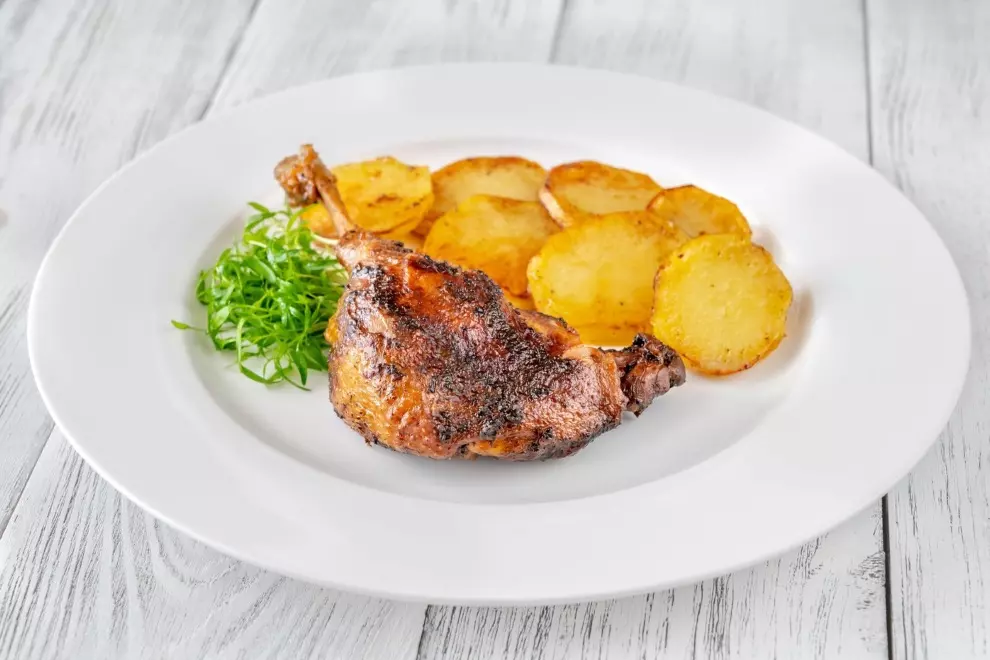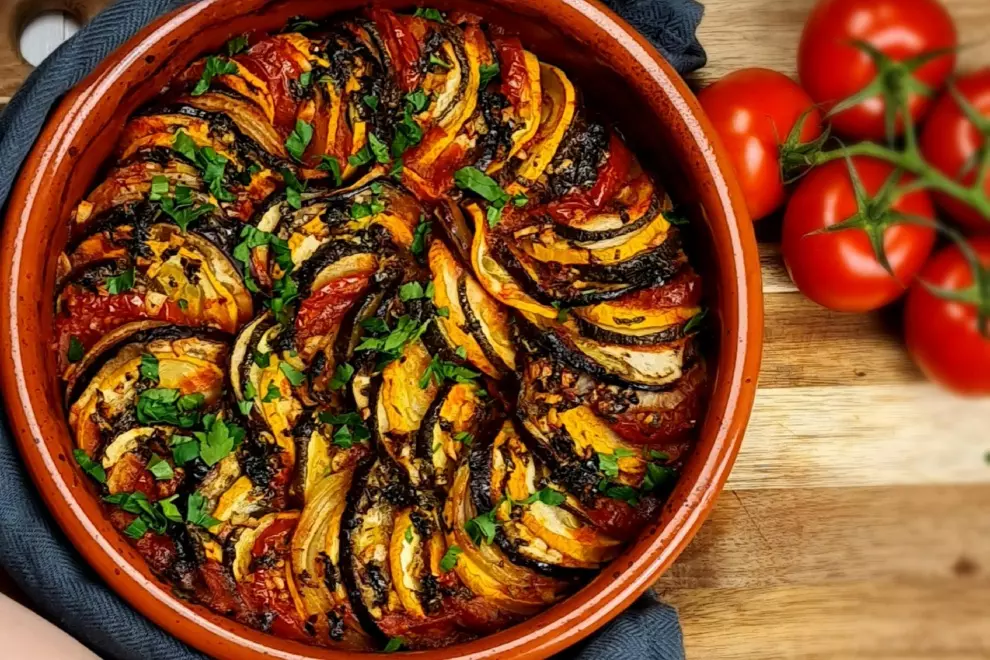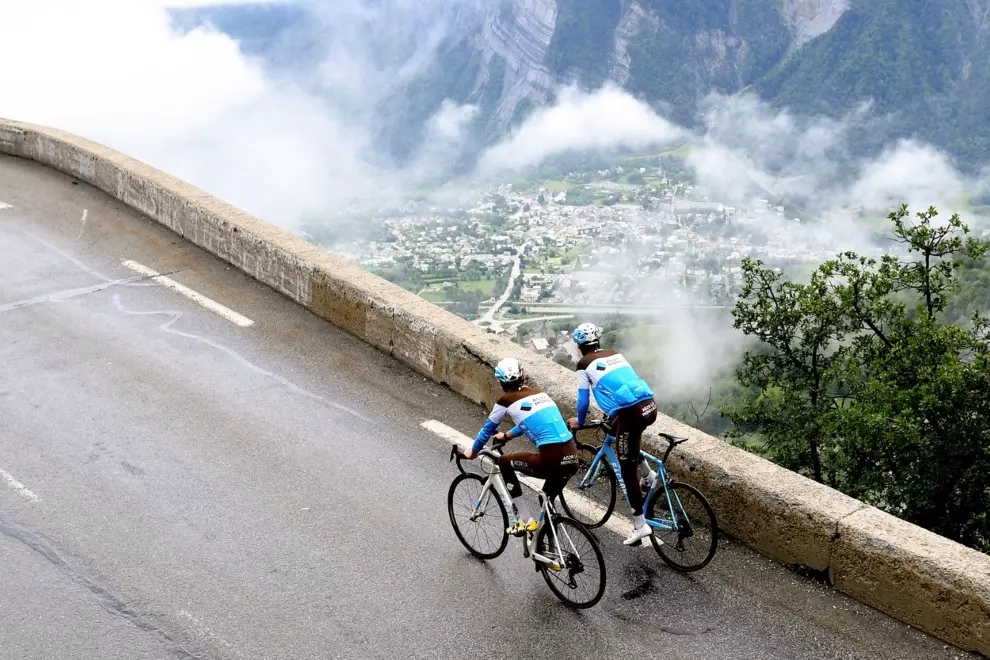Occitanie
Hearty meat and bean stew: Cassoulet
Zobrazit příspěvek na Instagramu
From stage eleven through the next rest day, the Tour snakes through Occitanie—a region fiercely proud of Cassoulet, a dish as rich in ingredients as it is in controversy. Every town claims the “real” version, but all start with white beans soaked in the juices of various meats. Imagine a thick stew—not quite a soup, not quite a casserole—with duck confit, sausages, and usually pork or lamb, all slow-cooked until deeply flavoured. Making proper cassoulet requires patience—several hours, at least—but the reward is a meal worthy of a king. Or a very hungry cyclist.
The Pyrenees
Duck confit: Confit de canard
As the riders approach the Pyrenees, it’s time to marinate that duck leg. Locals cure the meat in salt and herbs for three days, then slowly roast it in its own fat until the skin is crisp and the meat is meltingly tender. Confit de canard is usually served with creamy mashed potatoes or a white bean purée—a rich, timeless dish that might make you forget the mountains entirely.
Provence-Alpes-Côte d’Azur
Summer vegetable stew: Ratatouille
Ratatouille is to Provence what Mont Ventoux is to cycling: legendary, beloved, and often misunderstood. This vegetable medley celebrates the region’s sun-drenched produce like zucchini, eggplant, peppers, tomatoes, onions, and garlic, gently stewed in olive oil until each bite tastes like summer. A good ratatouille requires balance: enough cooking to bring harmony, not so much that it turns into mush. Served hot with grilled meats or cold as a starter, it’s a colorful tribute to Provençal simplicity.
Jura
Chicken with yellow wine and morels: Poulet au vin jaune et aux morilles
The penultimate stage from Nantua to Pontarlier brings us into the Jura mountains, home to cheese, wine, and one of France’s most elegant dishes: Poulet au vin jaune et aux morilles. It combines two regional treasures—vin jaune (a nutty, sherry-like wine) and morel mushrooms, foraged from local forests. The chicken is slowly cooked in this aromatic sauce, resulting in a dish that’s rich yet refined, earthy yet celebratory. You’ll find it at festive tables and fine restaurants alike.
Final Stage in Paris
Sweet macarons
And we’ve made it—congratulations! Paris is a buffet of temptations, and you can’t go wrong. But if we had to choose one emblem of Parisian indulgence, it would be the macaron: a delicate, pastel-hued dessert made of two almond meringue shells sandwiched with ganache, jam, or buttercream. Though they were originally introduced from Italy by Catherine de’ Medici in the 16th century, it was in Paris that they found their iconic form. Today, they’re as essential to the capital as the Eiffel Tower, just a bit tastier.






